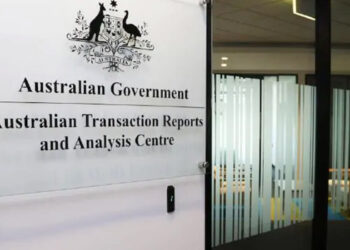APRA released its inaugural Life Insurance Claims and Disputes Statistics publication, with more than 22,000 data points from 20 insurers including claims and disputes information across all cover types and distribution channels.
The data was collected under APRA’s new reporting standard LRS 750 Claims and Disputes which came into effect in October 2018.
In addition, ASIC also released its MoneySmart life insurance claims comparison tool helping consumers to make more informed decisions by showing each insurer’s claims-acceptance rates, average claim time, the number of claims-related disputes and policy cancellation rates.
The overall data revealed that 92 per cent of overall claims are paid in the first instance, and breaks down consumer outcomes according to cover type and distribution channels.
The joint project is the culmination of more than two years of work aimed at collecting and publishing higher-quality, more consistent and transparent data about the life insurance industry.
APRA executive board member Geoff Summerhayes said the release of such broad and granular data on life insurance claims and disputes was world-leading practice among global insurance regulators.
“This project represents a joint commitment to enhancing industry transparency and holding life insurers to account for how they treat policyholders,” Mr Summerhayes said.
“APRA’s publications are designed for industry analysts, including our own supervisors who will use them to gain deeper insights into the performance of the life insurers they oversee.”
ASIC Commissioner Sean Hughes said APRA’s data publication is complemented by its own MoneySmart life insurance claims comparison tool, which helps consumers make informed decisions when buying these complex life insurance products.
“The online tool compares insurers on four metrics – the percentage of claims accepted, the length of time taken to pay claims, the number of disputes and the policy cancellation rates,” Mr Hughes said.
“MoneySmart also provides a life insurance calculator which helps consumers work out if they need life cover, and the right level of cover.
“Together, our agencies will use this data to support stronger supervision of insurers.”







